Listing your home the traditional way used to feel like the only choice. But once you look beneath the surface, the outdated process starts to look more like a circus act. Between the fees, delays, and constant disruptions, sellers often feel like they’ve lost control. Here are 18 hidden realities of the traditional home-selling process that might make you think twice.
1. The Agent Commission Is Staggering

Most people accept the 5%–6% commission without question, but that number can mean tens of thousands of dollars gone in a flash. The standard split means both the buyer’s and seller’s agents walk away with a big payday. According to Forbes, many sellers are unaware they can negotiate this fee—or skip it entirely with other selling models. When you factor in other closing costs, the money you actually keep is much less than expected.
Sellers often think the agent’s commission guarantees top-tier service or better results. But many agents juggle multiple listings and don’t give each one equal attention. You’re paying a premium whether your house sells in three days or three months. That high fee doesn’t always come with high value.
2. Prepping Your Home Is a Nightmare
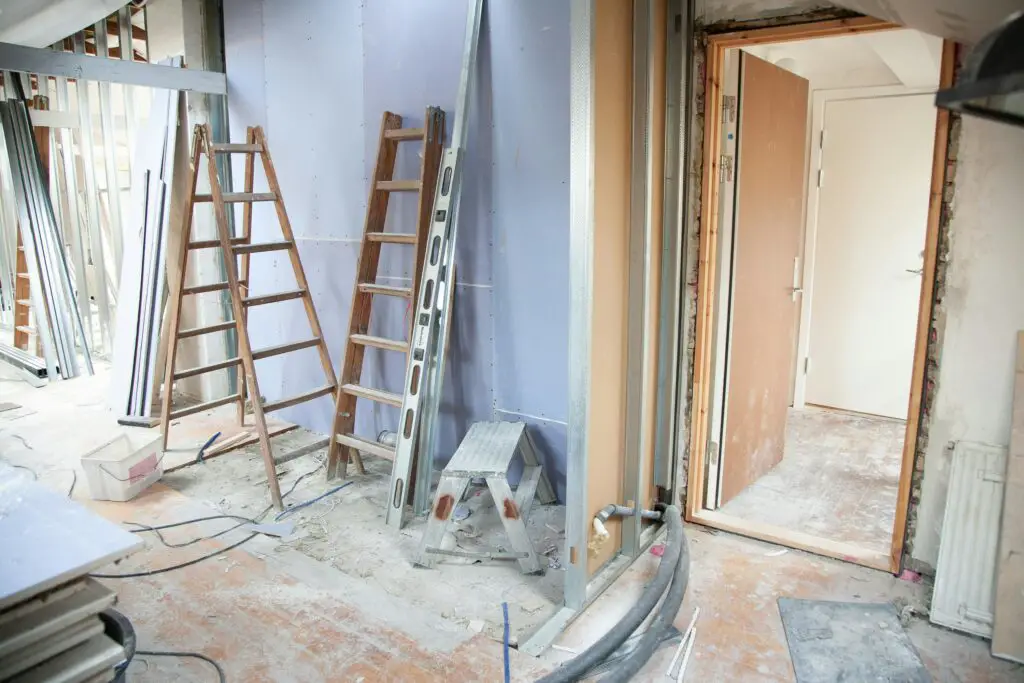
Before your home even hits the market, you’re expected to clean, declutter, stage, and often make cosmetic upgrades. These changes may help the sale—but they also cost time, money, and energy. HGTV and staging experts have pushed this standard for years, making sellers feel like their home isn’t good enough as-is. And yet buyers still walk in with complaints or lowball offers.
You may end up painting rooms you never used or buying rugs you’ll never live with. It becomes an exhausting checklist just to get a “maybe” from potential buyers. Worse, there’s no guarantee any of it will increase the final sale price. It’s a gamble masked as a requirement.
3. Showings Disrupt Your Entire Life

Once your home is listed, you’re expected to drop everything at a moment’s notice for a showing. Whether it’s during dinner, work hours, or your child’s nap time, your schedule becomes secondary to buyer convenience. You live in a state of constant alert, tidying up as if you’re hosting royalty. As Business Insider reports, many sellers find this phase the most emotionally taxing.
You might be told to vacate your home for entire weekends. That could mean hotel stays, long drives, or killing time at a coffee shop with your pets and kids in tow. After all that effort, the buyer might walk through in two minutes and ghost you entirely. It’s disruptive, dehumanizing, and oddly normalized.
4. The Inspection Will Always Find Something
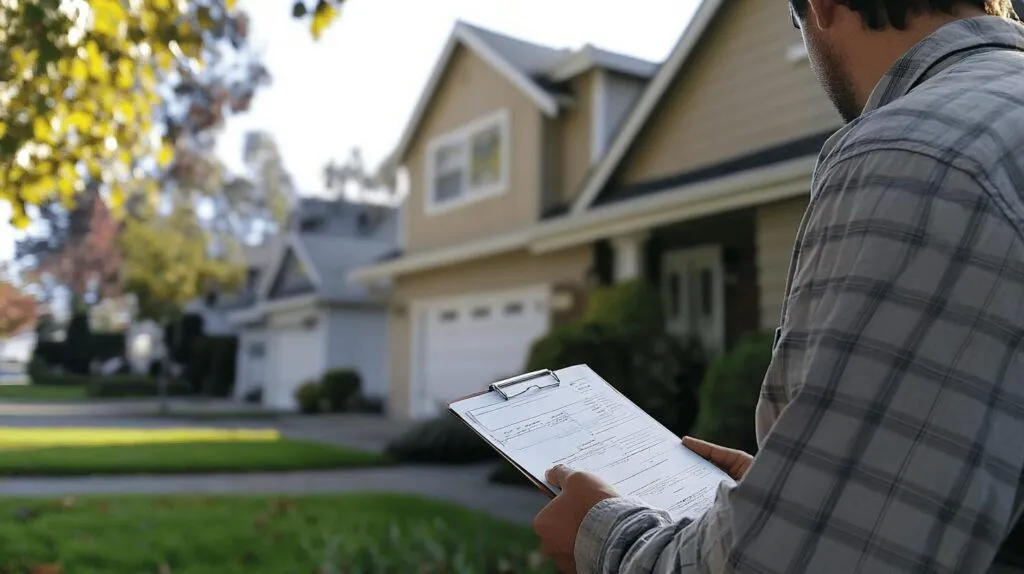
No matter how pristine your home is, inspectors will find problems. That’s their job—and it’s how buyers try to renegotiate terms after you’ve already accepted an offer. NerdWallet notes that inspections often reopen negotiations and cost sellers more than expected. Suddenly, you’re responsible for a laundry list of surprise “urgent” fixes.
Even cosmetic issues can become sticking points in the final deal. You may be forced to lower your price or give credits for repairs you don’t agree with. This is especially frustrating if you already made costly upgrades during the prep stage. The process is built to benefit the buyer at every step.
5. Buyers Back Out for Any Reason

Even after accepting an offer, a buyer can back out over financing, cold feet, or vague “personal reasons.” That leaves you scrambling to relist, redo paperwork, and potentially start from scratch. Roughly 15% of home sales fall through before closing. And in many states, buyers have multiple exit windows with little to no penalty.
You may have already packed, moved, or even purchased a new home. The emotional and financial stress of starting over can’t be overstated. Worse, your home may sit longer the second time around, making buyers wonder what’s wrong with it. The traditional model leaves sellers painfully vulnerable.
6. Appraisals Can Tank Your Sale

Even if you’ve agreed on a sale price, the bank’s appraisal can derail the whole deal. If the home is appraised for less than the offer, buyers either walk or ask you to slash your price. Low appraisals are one of the most common deal-breakers. You’re left defending your home’s worth to someone who’s never lived in it.
Appraisers are often rushed, inconsistent, and conservative with valuations. They might overlook upgrades or compare your home to outdated comps. If your area has few recent sales, the appraised value might feel arbitrary at best. Suddenly, your perfectly fair deal falls apart for reasons out of your control.
7. You’ll Still Pay to Fix It Up
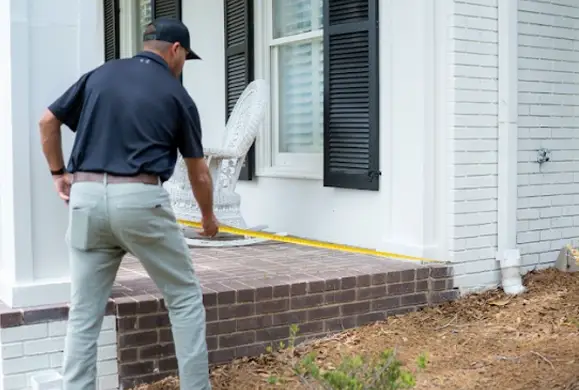
Even with an agent, you’re usually the one footing the bill for repairs, upgrades, and staging. The idea that you can “just list it” is a myth unless you’re willing to accept well below market value. Most agents recommend some form of pre-listing investment. Whether it’s landscaping, touch-up paint, or roof work, those costs add up quickly.
And if the buyer’s lender requires repairs before funding, you’re on the hook yet again. These aren’t optional—they’re prerequisites to closing. You end up spending thousands just to make someone else’s dream move-in ready. It’s a pay-to-play model disguised as convenience.
8. Open Houses Are Largely Useless

Open houses feel like a necessary step, but they rarely result in real offers. Only a small percentage of homes actually sell from an open house. What they do attract are nosy neighbors, curious browsers, and people without financing. You’re basically opening your doors to strangers with no return.
It’s a weekend-consuming event that may not even help your cause. You clean, prep snacks, and leave your home—all so a few strangers can wander around. And if your agent is juggling multiple open houses that day, yours might get less attention. The effort rarely justifies the outcome.
9. Buyer Financing Is a Wild Card

Even if your buyer is pre-approved, that doesn’t mean the loan will go through. Underwriters can change their mind at any point during the process. Last-minute denials are more common than most people think. The financing can fall apart weeks after accepting an offer, putting you back at square one.
You may have already started your own next chapter—financially and emotionally. If your buyer’s deal dies, it drags you down with it. You’re stuck restarting the process with a fresh batch of uncertainty. This isn’t a rare exception—it’s baked into the system.
10. Your Timeline Isn’t Really Yours

Once you list your home, the pace is no longer yours to control. You’re tied to market trends, agent schedules, buyer interest, and lender timelines. Even in hot markets, the average sale can take 45–60 days to close. That’s a long time to live in limbo.
Want to move fast? Too bad. Need to delay closing? Tough luck. The “traditional” path offers anything but flexibility.
11. Pricing Is a Shot in the Dark
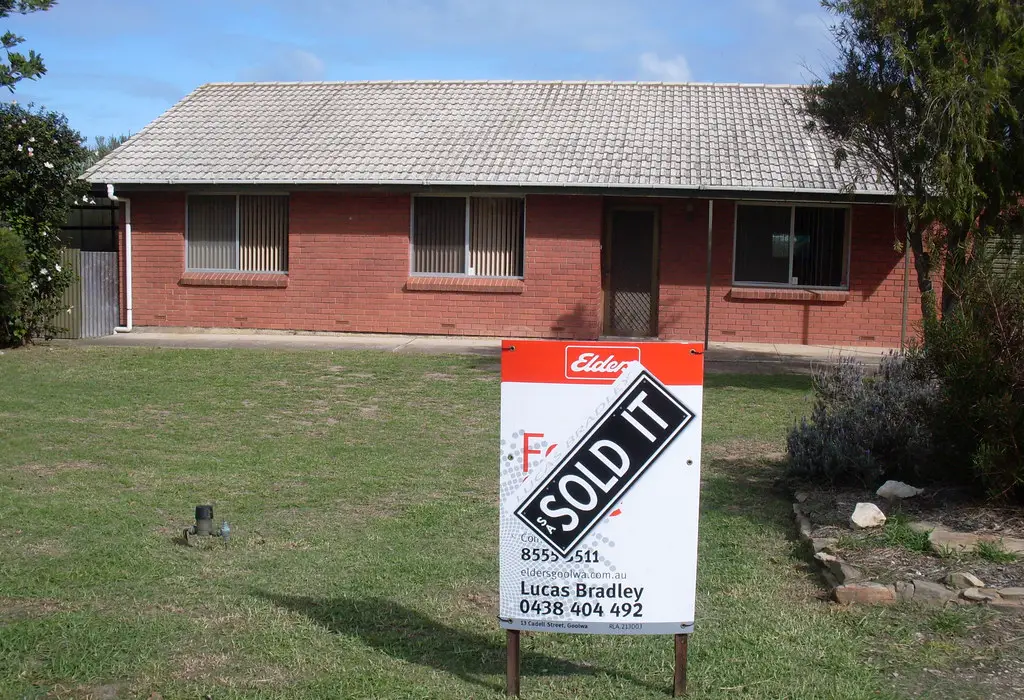
Even with agent guidance, setting the right price is a risky guessing game. You want to attract buyers, but not undersell; stand firm, but not scare people away. Homes priced incorrectly either sit too long or sell too fast below value. The right number is elusive—and no one truly knows it until after the fact.
Price drops can also signal desperation to buyers, hurting your position. Meanwhile, overpricing can prevent offers from coming in at all. There’s a psychological game involved, and most sellers aren’t trained to play it. In the end, you’re gambling with your most valuable asset.
12. You’ll Get Ghosted—Often

Buyers will schedule showings and never show up. Others will gush about your house and then disappear without a trace. It’s common for serious-sounding interest to dissolve overnight. You’re left wondering if you did something wrong when it was never about you to begin with.
Agents might say “that’s just how it goes,” but it still stings. It’s especially hard after you’ve rearranged your day to accommodate them. There’s little accountability in the system for time-wasting. Sellers are expected to endure it with a smile.
13. Offers Come With Strings Attached
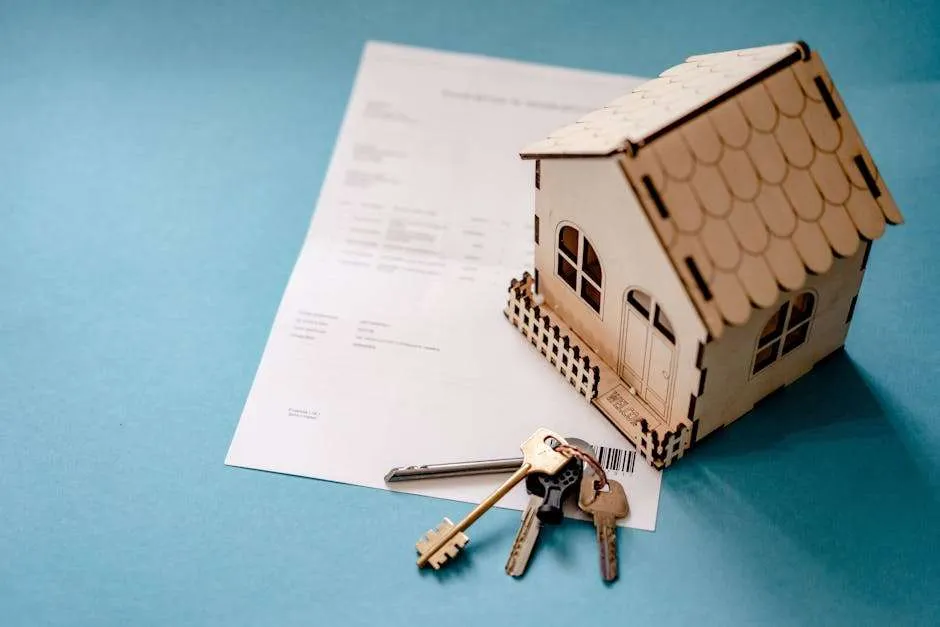
Even an offer at asking price might include contingencies that put your deal at risk. These can include financing, inspection, appraisal, and sale-of-current-home clauses. More contingencies increase the likelihood of a deal falling apart. You may think you’re close to closing, but the rug can still be pulled out from under you.
Buyers use contingencies as leverage to renegotiate or delay. That makes it hard to plan your next move. Until every contingency clears, you’re walking on eggshells. It’s not a deal—it’s a maybe.
14. You’re On the Hook for Closing Costs

Many sellers don’t realize they’re responsible for part of the buyer’s closing costs too. Title fees, transfer taxes, and even repair credits can add up fast. Sellers often pay 1%–3% of the sale price in closing fees. That’s on top of commissions and repairs already draining your profit.
These costs aren’t always visible upfront, and they vary by location. If you’re caught off guard, they can seriously shrink your net gain. The final check might feel more like a consolation prize than a windfall. It’s death by a thousand deductions.
15. The Paperwork Is a Full-Time Job

The traditional sale includes stacks of forms, disclosures, and legal language. Even with an agent, you’ll spend hours reviewing and signing documents. Missing just one form can delay closing or even kill the deal. It’s a bureaucratic maze you’re expected to navigate with minimal help.
Add in inspection reports, repair invoices, and emails flying back and forth. It becomes a juggling act that few sellers are truly prepared for. The mental bandwidth it requires is no small thing. This process eats into your time, energy, and patience.
